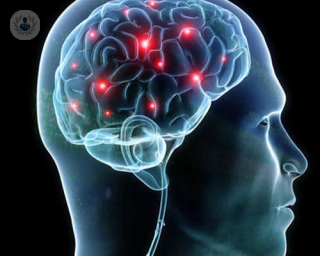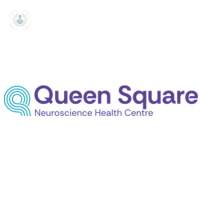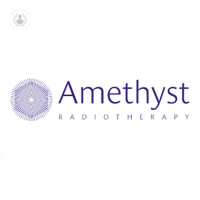Glioblastoma
Mr George Samandouras - Neurosurgery
Created on: 03-09-2022
Updated on: 10-25-2023
Edited by: Kate Forristal
What is glioblastoma?
Glioblastoma, also called glioblastoma multiforme or GBM, is a type of primary Grade 4 brain tumour. Approximately 15% of all primary brain tumours, primary meaning tumours that begin in the brain, are glioblastoma. It is considered the most aggressive and deadliest form of cancer. About 90% of glioblastomas develop rapidly as Grade 4 cancer and although it is rare for a Grade 2 or 3 tumour to evolve into a Grade 4, it is possible.
A neursosurgeon will treat a gliobastoma.

What are the main causes of glioblastoma?
The causes of glioblastoma are unknown. In only about 5% of cases, there is a family history of cancer. Some genetic syndromes, such as neurofibromatosis type 1, can increase a person's likelihood of developing it. Degenerative brain diseases, such as Alzheimer's or Parkinson's, and previous radiation treatments, may put a person at risk of developing glioblastoma. Although it can occur at any age, it predominantly develops in older adults, making aging a risk factor.
What are the symptoms of glioblastoma?
The most common symptom associated with glioblastoma is a persistent headache that is exasperated by coughing, exercising, or changing positions. A throbbing sensation can also be felt. Nausea and vomiting may be signs caused by increased pressure in the brain from a tumour growing intrusively. Typically, these symptoms are worse in the morning than in the evening. Glioblastoma can also affect the nervous system depending on its location, impairing the patient's strength, speech, balance, memory, and vision may be impacted, but these neurological symptoms depend on the location of the tumour. Seizures and internal bleeding also be symptoms of glioblastoma.
How is glioblastoma diagnosed?
Diagnosing glioblastoma can be tricky, as the symptoms can be indicators of a variety of conditions, and there is no definitive test that will provide a diagnosis of glioblastoma immediately.
If glioblastoma is suspected, neurological exams will be carried out by a neurologist first. The patient will be asked about their symptoms and the doctor will examine their vision, hearing, balance, coordination, strength, and reflexes. Image testing performed by a radiologist, such as MRI scans, will determine if there is a brain tumour, and if so its size and location. CT scans and positron emission tomography (PET) may also be used.
A biopsy will then be carried out on the tumour. This is the removal of tissue by a neurosurgeon for testing to determine the type of cell and how aggressive the form of cancer is. This can be done before or during surgery to remove the tumour, depending on the location and situation. These tests are vital in helping the doctor establish the patient's prognosis and treatment options.
How is glioblastoma treated?
Unfortunately, glioblastoma isn’t always curable with treatment. Treatment can, however, slow down the progression of this form of cancer and reduce some of the symptoms.
Surgery is the first step in treating glioblastoma. The rapidly growing tumour can put the brain under pressure so as much of the tumour needs to be removed as possible. Part of the skull is removed to allow neurosurgeons access to the tumour before being returned. Complete removal is extremely difficult to achieve due to the shape and nature of the cancerous cells. Glioblastomas are diffuse, meaning they have thin, thread-like tentacles that infiltrate the neighbouring tissue of the brain. Their complex web-like growth pattern through the ultrasensitive tissue of the brain makes removal almost impossible, especially near an important region. As a result, some of the tumour may remain following surgery.
Chemotherapy, radiotherapy, tumour treating fields (TTF), and targeted drug treatments can slow down the growth of the remaining parts of the tumour.
What is the prognosis?
Due to the invasive nature of this cancer, removing it completely during surgery is very difficult. Even the tumour is fully removed, it has a very high reoccurrence rate. Despite aggressive treatment plans, the median survival rate is between 14 and 16 months. Neurological deterioration due to cancer will leave patients unable to work, drive, and do many things they were once able to do. Providing palliative treatment to patients is vital to help the patient live a comfortable life for as long as possible.










